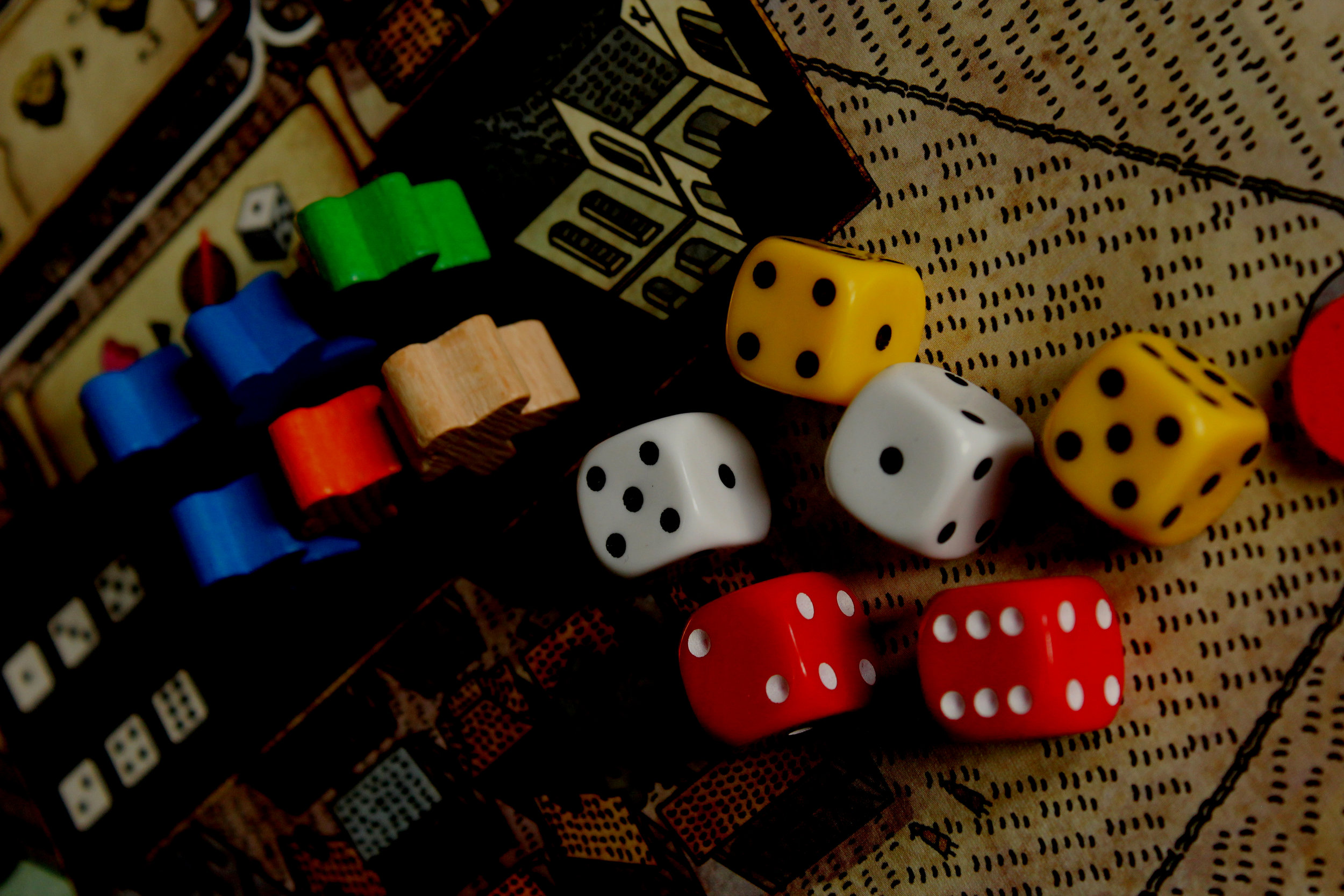
University XP
Games-Based Learning
This article will discuss two formative issues with game design: constraints and scope creep. While separate articles and books could address both topics, this article will discuss them as a singular issue as constraints in the design process can often mitigate the scope creep of game design projects.
The article examines core dynamics in game design, emphasizing their impact on player experiences. Using the Mechanics-Dynamics-Aesthetics (MDA) framework, it defines mechanics as gameplay's foundation and dynamics as behaviors emerging from interactions. Core dynamics, such as racing, collection, and exploration, unify mechanics with aesthetics to engage players and achieve goals.
This article explores the classification of games into competitive, cooperative, and hybrid types, analyzing their structures, goals, and social impacts. It discusses challenges in categorization, the history and applications of each type, and how games can enhance teaching, learning, and social-emotional development through tailored design and player engagement.
This article will explore the aspects of games as mediums for interactions. It’ll examine games as constructs for occupying a particular space and how players interact with it. Games will also be explored as pieces of art and how they influence narrative aspects such as stories. Often, the interactive elements of games are shaped by their genre and themes. This will be discussed in addition to how games are often structured as a means for social interactions. This kind of structure can serve as a means of establishing socially normative activities between and amongst players.
This article will examine how that can be achieved though diligent focus and purposeful design. It’ll first cover the structure and use of learning objectives and outcomes for instructional design and learning experiences. These will then be compared to games-based learning and the use of games as the medium for learning.
This article will address how to develop, adapt, and apply existing and new games for these purposes. It’ll first cover the overall applications of games-based learning and then cover examples on how formal game elements and different criteria can be used to meet these learning outcomes. Specific types of games, formats, and modalities will be explored as well as how their specific characteristics benefit applied games-based learning. Furthermore, specific steps for how to prepare to use and design games for learning outcomes will be discussed.
This article will define educational games. It’ll explore why we should consider using educational games for teaching and learning as well as explore the evolution of educational games over time. Specific disciplines and how they are addressed by educational games will be discussed as well as different types of educational games. Engagement and efficacy of educational games will be covered as well as how they are interpreted by players through the player experience.
One of the hardest and most difficult questions that can be asked about games is what they are and how they are defined. The answers, responses, and philosophies regarding these big questions are as diverse and varied as those who have sought to define them. Therefore, this article will attempt another take on defining games and discussing their meaning and interaction for the people that play, define, apply, and share them.
This article will explore the player journey. It’ll start by defining this term and outline reasons for its importance. The player experience is an important aspect of the player journey. Therefore, it’ll be examined in depth as it relates to individual motivations and how they affect both goals and achievements during the player journey.
This article will examine progression systems in games closely. It’ll start by defining these systems and why they are so important. Different types of progression systems will be covered as well as how common features of progression systems are present in games. The core loop, as well as goals and objectives of games are tightly connected to progression systems. Therefore, these disparate areas will be connected and related to how different examples of progression systems use them in concert with one another.
This article will define what we mean by “game state” from multiple different perspectives. It will discuss different characteristics and types of game states and the roles that they play for commercial and applied games. Game states often are tightly related to the game rules and mechanics. These two aspects will be discussed in depth in addition to other “tangible” elements of games play such as game objects, movement, and environmental states.
This article will define player engagement and relate it to its roots in understanding player motivation. Player engagement has most to do with the amount of time that players engage with the game and how their investment best relates to the player experience. That player’s experience is informed by multiple sources. They include interaction and how players augment the game; how players receive and interpret feedback, and how challenges and difficulty are scaffolded and presented to players through games and games-based learning.
We don’t often think about when we first started playing games. Or really the “first” game that we ever played. Most players are preoccupied with the game that they are playing “now” or the game that they will play next. Yet, we don’t stop to think about what we already know about games and how we’ve applied that to learning and experiencing new games.
This article will first define choice architecture as well as discuss its relationship between how choices are structured and its impact on consumers (users, learners, and players). The underlying philosophies of choice architecture will be explained as well as how they inform choice structure.
This article discusses games as liminal spaces. But prior to diving into that, it will first define “liminality” as well as provide some of the most critical characteristics of liminal spaces. Liminality will be reviewed from multiple disciplines as well as situate the term in relation to transformation and transition. Liminality can be experienced in multiple different modalities and in different places and stages. Therefore, this article will examine liminal experiences in physical spaces as well as non-physical ones.
This article will define tactics and strategy and then compare the two in both structure and application. Both tactics and strategy have a specific and special relationship with one another. This relationship often defines the philosophic considerations of what exactly goes into tactical and strategic decision making. This relationship will be explored through several different examples of tactics across different domains.
This article will explore and define the term “casual players.” In understanding casual players, we must first review and examine casual games. So, casual games will be defined along with relevant characteristics of casual games such as complexity, mechanics, and theme.
What makes the “ideal” board games player? Some say that it takes someone who fully understands the rules. Others would say that it’s more about those who pay attention to the game rather than be subjected to distractions. Some feel that it’s tactical play and strategic thinking that makes the ideal tabletop player.
This article will also cover how game goals work in concert with player agency and how designers can take advantage of player skill development while simultaneously mitigating luck and randomness. The player experience represents the defining factor for players engaging with games for learning; so, player feedback loops as well as how failure is addressed will also be considered.
This article will review these characteristics of analysis paralysis as well as how individuals make choices and the framework in which they come to those decisions. The results and solutions to those decisions will be discussed as well as how the overall speed of the process is fluid in the face of players’ motivations, frameworks, and goals.
This article will define the use and purpose of the term “strategy game” and how the term “strategy” affects and influences both game structure and the decision making framework for players. Strategy in games is addressed differently dependent on game type. Therefore, this article will address strategy in abstract games, war games, video games, simulations, idiogames, euro table top games, and team games.
This article will first define what Yomi is as well as how it influences and affects the prediction of actions of opponents and other players. The minds, motivations, and strategies of other players will be discussed as well as how it influences Yomi. Yomi in relation to strategy and how it affects expert players will be covered as well as how all players can examine and study their own actions for their own player development.
This article will address the steps necessary for adapting games for learning. It’ll cover why educators should first adapt games for games-based learning. Challenges that educators often face with adaptation will be addressed as well as how a strategy can be outlined for game adaptation.
This article outlines and describes the flow state in the player experience. It’ll also explain the most important and influential reasons for designing for flow. Flow state is comprised of a balance of goals and feedback and how both are reflected and influenced by perceptual control. So, this article will examine how these disparate elements work together to help players engage in that state.
This article covers the concept of player relevance in depth. Specifically, it defines the term “player relevance” for the context of this article. Player agency and its relationship to player relevance will be covered and discussed. The decision space and individual motivations are equally important for determining player relevance. Therefore, this article will discuss both in relationship to the player journey.
This article will review scaffolding in both an educational and games-based context. Uses of scaffolding will be discussed as well as how it affects and influences individuals’ learning and metacognition. Like many things games-based learning related; scaffolding relates highly to the learner and player experience. So time will be spent relating scaffolding to the experiences of the individuals learning and playing.
This article will define game balance for the purposes of this discussion. Game balance will be addressed as a factor in game design. Game balance strategies will also be covered from a development standpoint. Game balance also plays a critical role in defining and shaping the player experience. Therefore, game balance will be addressed as a factor that is both experienced and interpreted by players. Finally, game balance principles will be covered as it relates to the design process and its relationship to player agency and competency
This article will review why players reflect. It includes an in-depth analysis of players’ reflection in games-based learning as well as how introspection plays a role in game play. Reflection is compared to metacognition and the overall effect this has in its affect on the player experience.
This article will provide an overview on debriefing as well as the fundamental reasons why debriefing should be included in games-based learning. Games-based learning is part of the experiential learning cycle. So, a connection on this method of teaching and learning will be made as well as how instructors can outline goals for debriefing.
Digital platforms, including games and social media, often use persuasive design techniques to keep users engaged, sometimes at the cost of their well-being. Features like auto-play, infinite scrolling, rewards, and streaks encourage prolonged use by triggering dopamine releases, making users crave more content.
AI tools like ToxMod and Bodyguard.ai are being used to detect and remove online abuse in real time, aiming to create safer digital spaces. While these AI systems can help combat online toxicity, including in games and social media, their effectiveness depends on ensuring transparency, privacy, and fairness.
Alli Kennedy, a University of Canterbury graduate, created Sharenanigans, a board game designed to teach children aged nine and up about investing and the share market.
Gamifying employee training is becoming increasingly popular as companies strive to adapt to a changing business environment. By using technology, training becomes more engaging, interactive, and fun, leveraging human instincts toward competition and achievement.
A systematic review and meta-analysis of 27 randomized controlled trials (RCTs) examining digital mental health interventions (DMHIs) with gamified elements found small but significant effects for ADHD (Hedges' g=0.28) and depressive disorder (Hedges' g=0.28) in over 2,900 youth.
Student engagement is key to academic success, and integrating AI with traditional methods like gamification and storytelling can enhance it. Gamification fosters personalized learning through feedback, collaboration, and competition, while storytelling makes learning immersive and memorable.
Gamification, the integration of game mechanics like points and leaderboards into non-game contexts, is gaining traction in the financial services industry.
Gamification applies game mechanics to non-game contexts to boost engagement and motivation, especially in corporate learning and development (L&D). It enhances employee training by improving information retention, reducing turnover, and increasing knowledge application.
Elizabeth Magie invented The Landlord's Game in 1904 as a critique of monopolists and economic inequality, inspired by the ideas of reformer Henry George. Magie, a progressive advocate for women’s rights and land tax reform, designed the game to highlight issues like land-grabbing.
Designing a card game requires a different approach than video games, particularly in playtesting. Unlike digital prototypes, physical card games must be tested with actual cards to reveal flaws not visible in theory. Early prototyping with simple materials like torn paper is crucial, but mock-ups should be durable for real play.
A recent study published in the European Journal of Archaeology suggests that the ancient board game Hounds and Jackals, long believed to have originated in Egypt, may have actually originated in Azerbaijan.
A study by researchers from the University of Zaragoza explores the challenges and benefits of hosting cultural events in the metaverse, emphasizing the role of gamification in enhancing user engagement.
Thomas Yount, an environmentalist and board game enthusiast, created Climate Cooldown, a game designed to teach players about climate change and environmental stewardship. The cooperative game challenges players to balance resources, phase out fossil fuels, and tackle global warming through clean energy. Yount hopes it will spark discussions on climate solutions and inspire action. Similar games, such as CATAN: New Energies and Evolution: Climate, also address climate issues.
Shoelace Learning, founded by Julia Dexter in Halifax, addresses the literacy crisis in education by offering game-based learning solutions.
Writing narrative content for board games presents unique challenges due to space limitations. Unlike novels or short stories, board games often provide less than 100 words per story beat, typically conveyed through concise cards.
Filmmaker Jazmin Jones grew up believing Mavis Beacon, the face of Mavis Beacon Teaches Typing, was a real person. Mavis, a Black woman depicted as approachable and authoritative, helped make typing accessible and less intimidating.
Since 2020, North Carolina lawmakers have allocated nearly $10 million to fund Plasma Games, a science-based video game aimed at improving education in public schools. However, participation has remained low despite incentives like free cruises for educators and scholarships for students.
Game-based learning (or gamification) has become integral to education, enhancing memory retention and performance. However, its potential in workplace learning and development (L&D) remains largely untapped.
Taylor Shead, founder of Stemuli, a Dallas-based AI-powered platform, uses gaming to help K-12 students make career choices. Stemuli creates personalized learning experiences, blending education with workforce development.
Associate Professor Mattia Thibault, based at Tampere University, specializes in semiotics, gamification, and translation within the creative industries. His research focuses on intersemiotic translation practices, exploring how real objects translate into virtual realities and vice versa.
The article explores how integrating human learning theories with game design can revolutionize workplace training. By combining constructivism, experiential learning, and cognitive theories with engaging game mechanics, organizations can create immersive, effective training programs.
Jeff Mundee, a veteran game developer, has had a remarkable career, working on major titles like FIFA and Dragon Age before returning to his home province of New Brunswick. There, he helped foster the local gaming scene, co-founding Reframe Games, a studio focused on creating games with positive societal impact.
The parents of Joaquin Oliver, a teen killed in the 2018 Parkland shooting, released a video game called The Final Exam through their organization, Change the Ref, to promote gun control in the U.S. The game places players in a fictional school during a shooting, where they must survive by evading the shooter and controlling their breathing.
Gamifying cybersecurity training can enhance preparedness and resilience against cyber threats. Cybersecurity teams often thrive in hands-on, competitive environments, making activities like capture-the-flag (CTF) competitions ideal for learning.
The Wildlife Coexistence Quest aims to aid shark conservation in Southeast Asia by developing a board game-like tool to assess shark-ray fisheries behavior.
Ying “Gina” Tang, a professor of electrical and computer engineering, focuses on making learning more engaging and effective through game-based environments. Her games, which incorporate AI-driven pedagogical agents, adapt to students' needs, offering personalized guidance and enhancing understanding.
Building AI responsibly is challenging due to the complex corporate and regulatory environments in which it is developed. Simulations can help professionals, from engineers to policymakers, navigate these complexities and collaborate effectively.
The success of Black Myth: Wukong, a Chinese video game that sold over 10 million copies in days, reflects China’s growing influence in global gaming, serving both soft and hard power objectives. While the game promotes Chinese culture and values, it also highlights China's strategic push to develop domestic semiconductor capabilities, particularly in response to U.S.
Tic-tac-toe and other classic games of chance and skill played a significant role in the development of modern computers, according to an NYU researcher. Samuel Pizelo argues that Charles Babbage and Ada Lovelace, pioneers of computing, used game theories to model algorithms and mathematical calculations for Babbage’s analytical engine.
Mabel Addis, an elementary school teacher from New York, pioneered storytelling in video games with her creation of the Sumerian Game in the 1960s. The game, designed to teach economic theory, allowed students to simulate ruling a Sumerian city-state.
In this episode of Experience Points, host Dave Eng interviews Dr. Ryan Schaaf, an award-winning professor and author, about the transformative role of digital games-based learning in education. Dr. Schaaf shares his journey as a gamer and educator, highlighting how games foster skills like problem-solving, collaboration, and critical thinking. He explores the unique needs of the "always-on generation" and discusses barriers to adoption, such as funding, training, and data privacy. Offering actionable advice, Dr. Schaaf suggests educators start small by integrating vetted games into lessons. He also teases an upcoming resource to support educators in adopting game-based learning.
In this episode, we’re unpacking the concept of educational games. What are they? How do they differ from other types of games? And how can they be leveraged effectively in games-based learning?
In this episode of AP Table Talk, hosts Brian Eng and Dave Eng explore the versatile world of Multi-Use Cards in board games. They dive into defining the mechanic, discussing how it forces players to make meaningful trade-offs by using cards for one of several possible actions. Highlighting games like Risk: Star Wars Edition, Dune: Imperium, and Bohnanza, they unpack how Multi-Use Cards create strategic depth, add replayability, and integrate into various game themes. Whether you're new to this mechanic or a seasoned gamer, this episode offers valuable insights and plenty of game recommendations!
In this episode of Experience Points by University XP, host Dave Eng welcomes gamification expert Rob Alvarez to discuss gamification and games-based solutions. Rob, known as Professor Game, shares his journey into gamification, emphasizing the importance of meaningful learning experiences tailored to specific audiences. They discuss key principles for creating engaging learning experiences and strategies for overcoming challenges like scope creep and mindset barriers. Rob also introduces his free gamification course and resources available on www.professorgame.com. The episode encourages listeners to explore gamification's potential in education and beyond.
In this episode we’ll explore a fundamental yet complex question. What exactly is a game? From the nostalgic first games we played as kids to the immersive experiences we dive into today, games have always been a source of joy, challenge, and connection. But defining what a game truly is? That’s a whole different challenge.
In this episode of Experience Points, Dr. Christopher Stuart, Assistant Professor of Communication Studies at UNC Wilmington, delves into the transformative role of tabletop role-playing games (TTRPGs) in education and facilitation. Christopher shares insights from his research on game dynamics, player engagement, and the collaborative art of facilitation. He discusses how TTRPGs foster systems thinking, play, and failure as essential learning tools. Reflecting on his academic journey, Christopher explores how gaming language and frameworks can create inclusive, engaging classroom experiences. He also highlights the impact of design, accessibility, and playful pedagogy on student engagement.
In this episode of Experience Points, host Dave Eng interviews Dr. Scott Nicholson, professor and director of the Game Design and Development Program at Wilfrid Laurier University. Dr. Nicholson discusses EscapeIF, a system designed for low-resource classrooms to integrate storytelling and interactive fiction into education. He explains how EscapeIF emphasizes engaging narratives and problem-solving without relying on expensive resources, using tools like chalkboards and found objects. The episode explores the challenges of adapting educational games for diverse settings and highlights the importance of reflection in learning. Resources, including free games and guides, are available at EscapeIF.com.
In this episode of Experience Points by University XP, host Dave Eng speaks with Thorsten Kodalle, head of Innovation Laboratory at the Bundeswehr Command and Staff College and an expert in Strategic Wargaming, Gamification, and Serious Games. Thorsten shares insights into integrating Gamification into Strategic Thinking, using board games like Scythe as teaching tools in seminars. He emphasizes the importance of considering DIME (Diplomacy, Information, Military, Economics) in strategic wargaming, and discusses how cultural factors influence military strategy. Thorsten also delves into serious game design, balancing entertainment with educational goals, and shares examples like the cyber card game adapted for crisis management training. The episode highlights the necessity of understanding the purpose of games and aligning game mechanics with educational objectives. Thorsten shares resources for further exploration, emphasizing LinkedIn and his YouTube channel.
In this episode of AP Table Talk, Brian and Dave Eng discuss the concept of the follow mechanic in board games. They begin by relating the concept to platformer games and how follow mechanics let players perform or adjust actions chosen by others. They review games like Tiny Towns and Puerto Rico, recalling their experiences with these games. They also cover Tiny Epic Galaxies and Glass Road, highlighting how follow mechanics affect gameplay and strategy. They both debate the balance and fairness of follow mechanics, examining their impact on game length and player experience, and consider whether making them mandatory or optional is more effective.
In this episode of Experience Points by University XP, host Dave Eng interviews Christopher Carbone, an accomplished career services leader and co-founder of Board Game Academics. They discuss the intersection of academia and tabletop gaming, emphasizing experiential learning and personal development. Carbone shares insights on career development, the mission of Board Game Academics, and memorable experiences from his Board Gamers Anonymous podcast. He highlights the transformative power of tabletop games in education, mental health, and social contexts. The episode concludes with a discussion on the future of Board Game Academics and its contributions to scholarly research and societal understanding of gaming.
In today’s episode, we’re diving into the concept of the player journey. We’ll start by defining what the player journey is and why it matters. The player experience is a key part of this journey, so we’ll explore how individual motivations shape goals and achievements throughout the game.
In this episode of AP Table Talk, Brian and Dave Eng discuss the concept of deck, bag, and pool building in board games. They explain that deck building specifically involves players starting with a basic deck of cards, which they enhance throughout the game to achieve specific goals. The episode highlights "Dominion" as a pioneering deck-building game and mentions other notable games such as "Clank! In! Space!" and "Friday." The hosts also share their favorite deck-building games, including "Dune: Imperium" and "The Quacks of Quedlinburg." They conclude by debating the classification of various games and their mechanics, emphasizing the strategic decisions in deck building.
In this episode of Experience Points, Dave Eng chats with Travis Windleharth from foundry10 about games-based learning. Travis, with a background in science education, museology, and information science, focuses on how games shape youth's understanding of STEM concepts. Foundry10, co-founded by Gabe Newell, is explored, emphasizing its pillars—programs, philanthropy, and research—and their role in expanding learning perspectives. Travis discusses his role in the STEM design-based research lab, aligning with interest area teams. The episode concludes with insights into Foundry10's collaborative approach to research and program design.
One of the most becoming aspects of games is our ability to interact, change, and progress with them. We can progress as individual players; progress against opponents; and progress against the game itself. The formal elements of games in concert with game designers make up these different “progression systems” in games. But what are progression systems? How are they used?
In this episode of "Experience Points" by University XP, host Dave Eng interviews Dr. Michele Haiken, an experienced literacy educator, and middle school English teacher, discusses her journey into gamification for teaching literacy. She shares how an educational conference sparked her interest and how students, especially gamers, played a crucial role in implementing it in her classroom, emphasizing student buy-in, motivation, and creativity. The conversation explores aspects like student agency, competition, and cooperation within gamification, along with insights from Michele's book, "Gamify Literacy." A case study from her dystopian unit is provided, highlighting literacy skill development and empowerment. The discussion also addresses the balance between traditional and innovative teaching methods in both middle school and higher education. Michele teaches various classes, including English methods, literacy development, and middle school literacy, and her blog, "The Teaching Factor," shares insights and resources.
In this episode of AP Table Talk, the hosts Brian and Dave Eng explore the “mega topic” of hidden information in games. They explore hidden role games and games with hidden information, discussing examples like Battlestar Galactica and Scotland Yard. They touch on games such as Inside Job, Werewords, Dune, and HeroQuest, exploring their unique gameplay elements and how hidden information impacts strategies. They talk about the challenges of teaching these games to new players and the importance of understanding game states for effective gameplay. They share their experiences with different games, emphasizing replayability and excitement. The episode also covers communication-limited games like Codenames and Just One, highlighting how such mechanics enhance the social aspect of gaming. They also discuss traitor games and the psychological intrigue they add to gameplay. Overall, the episode provides insights into the appeal, challenges, and evolving nature of games with hidden information in modern tabletop gaming.
In this episode of "Experience Points" by University XP, host Dave Eng interviews Sarah Le-Fevre, a games-based learning professional with expertise in addressing complex organizational challenges and fostering ethical innovation. Le-Fevre uses tools like Lego Serious Play to create immersive learning experiences. The discussion covers Le-Fevre's background in games and learning, her journey into games-based learning, and her experiences addressing systemic challenges within organizations. The conversation also touches on the diversity of Le-Fevre's projects, including keepsake games for organizational wellness and fungi-themed organizational culture games. Furthermore, Le-Fevre provides insights into her upcoming book, which explores a playful systems practice approach to impactful learning. The book challenges traditional learning design methodologies and emphasizes the need to consider the broader system when implementing organizational change.
On today’s episode, we’ll answer the question: What is the Game State? Determining the “game state” is often one of the questions that designers and developers will ask themselves when determining how to take a design or iterate on the development of a game. The game’s state is important to understand from a design perspective. But what role does understanding the “game state” play for educators, instructors, and trainers using games-based learning?
In this episode of Experience Points by University XP, host Dave Eng chats with Zack Hartzman, a licensed secondary school teacher from New York City and the creator of Hey Listen Games. Zack shares his journey of integrating video games into the classroom and discusses the motivation behind Hey Listen Games. They explore the evolution of game-based learning, emphasizing the need to diversify educational mediums for student engagement. Zack highlights key principles from his book, "Teaching with Video Games: A Strategy Guide," focusing on the potential of video games to teach problem-solving, mechanics, and foster relationships beyond traditional boundaries. The conversation also covers Zack's involvement in the Game Awards Future Class, an initiative diversifying the gaming industry.
In this episode of AP Table Talk, the hosts Brian and Dave Eng explore the enduring appeal of trick-taking and ladder climbing games. They reminisce about classic games like Hearts and Euchre, delving into lesser-known variants such as Nine Five Two, where players aim for different trick objectives. The conversation touches on modern games like SCOUT and Haggis, highlighting their strategic nuances. They discuss the diversity in ladder climbing games, focusing on favorites like Tiger & Dragon and Sail, and how these games adapt to various player counts. They share insights into their preferred contemporary trick-taking games and ponder potential variations within the ladder climbing mechanic. The episode concludes with reflections on the evolving dynamics and meta plays in trick-taking games, making them timeless favorites.
On today’s episode, we’ll answer the question: What is Player Engagement? Games require that players interact with them. They require individuals to contribute; to change; and to augment the game according to their own will and agency. This encompasses player engagement and how they come to interact with games as well as what keeps them coming back to play.
In this episode of "Experience Points" by University XP, host Dave Eng interviews Jenny Varrichio, an associate director of training at United Healthcare with expertise in instructional design, particularly gamification for adult learners. Jenny shares her 15 years of experience, focusing on integrating gamified elements into corporate environments. The conversation covers her diverse design experiences, her doctoral research on formative game-based activities for workplace learning, and the launch of her consultancy, "Learning Mechanic." The episode concludes with Dave Eng announcing the upcoming launch of Learning Mechanic and encouraging listeners to explore a free course on gamification.
On today’s episode, we’ll answer the question: What is Game Literacy? We don’t often think about when we first started playing games. Or really the “first” game that we ever played. Most players are preoccupied with the game that they are playing “now” or the game that they will play next. Yet, we don’t stop to think about what we already know about games and how we’ve applied that to learning and experiencing new games.
In this podcast episode, host Dave Eng interviews Dan White, founder of Filament Games, discussing the intersection of education and gaming. Dan's journey from teaching to game development is explored, emphasizing the challenges of creating engaging learning experiences. The concept of "pleasing frustration" is covered, where games strike a balance between challenge and support to maintain learner engagement. The conversation delves into game mechanics and their role in learning, citing examples like the game "RoboCo." The alignment of games with educational standards and the promotion of problem-solving skills are also discussed. The episode concludes with insights into Filament Games' philosophy on innovation and continuous improvement.
In this episode of AP Table Talk, hosts Brian and Dave Eng focus on "tech tree" and “tech track” games. They emphasize how tech trees are a central component of many video games and board games, offering players various strategic paths and upgrades. They mention games like "Tapestry" and "Space Station Phoenix" that use tech tracks and tech trees for engine-building and resource management. They also explore how tech trees can add complexity and thematic depth to games and highlight the importance of balancing different strategies. They touch upon games like "Civilization" and "Terraforming Mars" and discuss the idea of introducing legacy elements to tech trees, allowing progress across multiple plays. The episode provides insights into how tech trees enhance gameplay in various genres and why they are a popular game mechanic.
Episode Summary:
In this episode of "Experience Points" Dave Eng interviews Andrew Harris, a game designer, therapist, and educator behind The Guild Chronicles program. Andrew discusses the origins of The Guild Chronicles, a transformative game-based learning program he developed, which combines tabletop RPG elements with therapeutic and educational objectives. The program focuses on fostering social-emotional growth, collaboration, and teamwork among autistic youth. Andrew explains how the game mechanics encourage players to work together, solve challenges, and develop skills in a safe and engaging environment. He highlights the narrative elements that make the intervention unique and effective, helping players learn and grow through shared experiences. To learn more, visit GuildChronicles.com.
On today’s episode, we’ll answer the question: What is Choice Architecture? Both life and games are full of choices. Some of us approach those choices head on. Others take their time to come to rational conclusions about what choices are best for them. Yet others don’t put that much stake into the outcome of their choices.
In this episode, Dave Eng and Sue Baechler discuss the impact of learning games. Sue Baechler shares her journey from creating a sales game that broke records to starting her own learning game business. They delve into the Bottom Line Game at CVS, an educational board game that aimed to enhance profitability understanding. The game's mechanics involved challenges and opportunities on a game board, mirroring real-world scenarios. CVS used it for training new store managers for over five years. Sue also talks about the evolution of her All In Game, an inclusive online planning tool developed with Focus Games post-COVID-19. It aims to foster collaborative action planning for teams. The game can be tried for free on the Focus Games website.
In this episode of AP Table Talk, hosts Brian and Dave Eng focus on rondel games, where players move along a circular track to take actions. Dave introduces "Patchwork" as a significant game he played early in his relationship. They discuss games like "Sabika," highlighting rondel mechanics and unique elements. They mention thematic considerations, player count dynamics, tie-breakers, and variations in game mechanics. Dave and Brian also touch on games with changing rondel layouts and explore twists in mechanics, such as action resolution prior to moving. They conclude by reflecting on the accessibility and strategic choices offered by rondel mechanics.
In this podcast episode, host Dave Eng discusses educational games and their integration into traditional lectures with guest Silviana Falcon. Silviana shares her experience of using educational games as fundamental components of her lectures over eight years. She emphasizes the value of creating a welcoming learning environment through interactive games that foster camaraderie and teamwork among students. One of the games she uses, "StarPower" by Garry Shirts from 1969, simulates a three-tier society based on wealth, enabling students to experience power dynamics and economic decisions. Silviana's approach involves gradually introducing games to engage students and enhance their understanding. The episode underscores the benefits of well-chosen educational games for deeper learning.

What is “Gamification?”








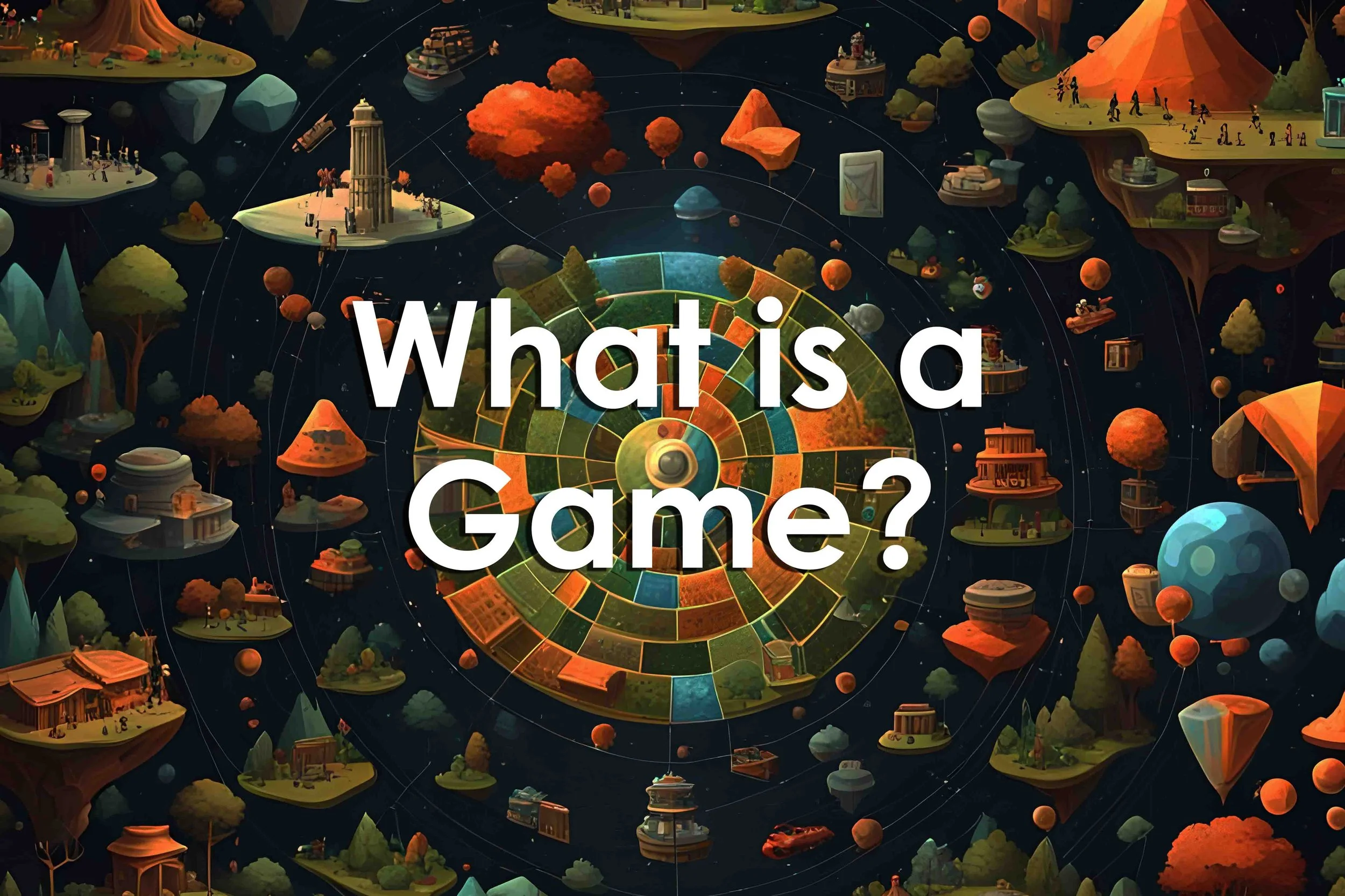

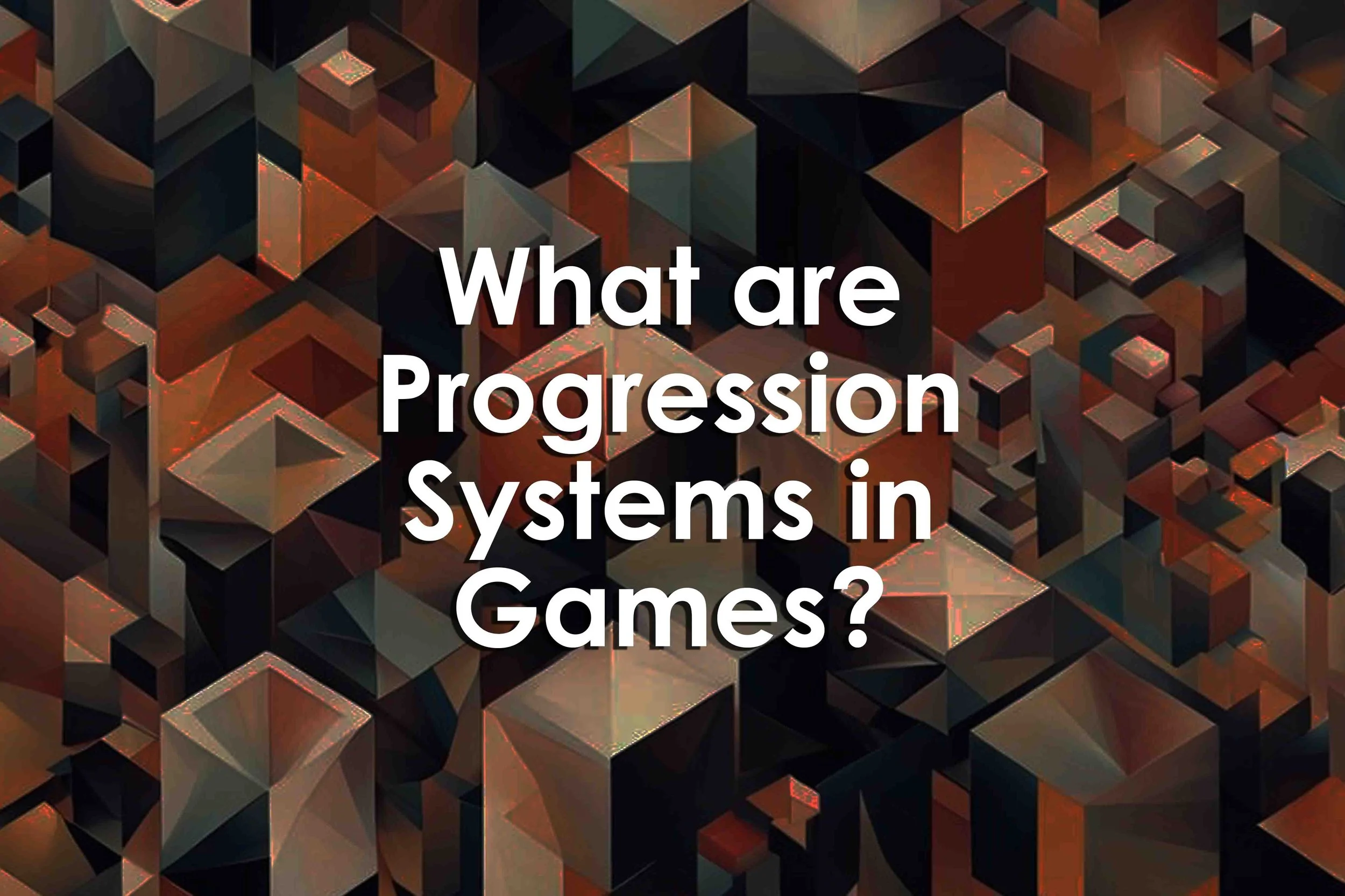








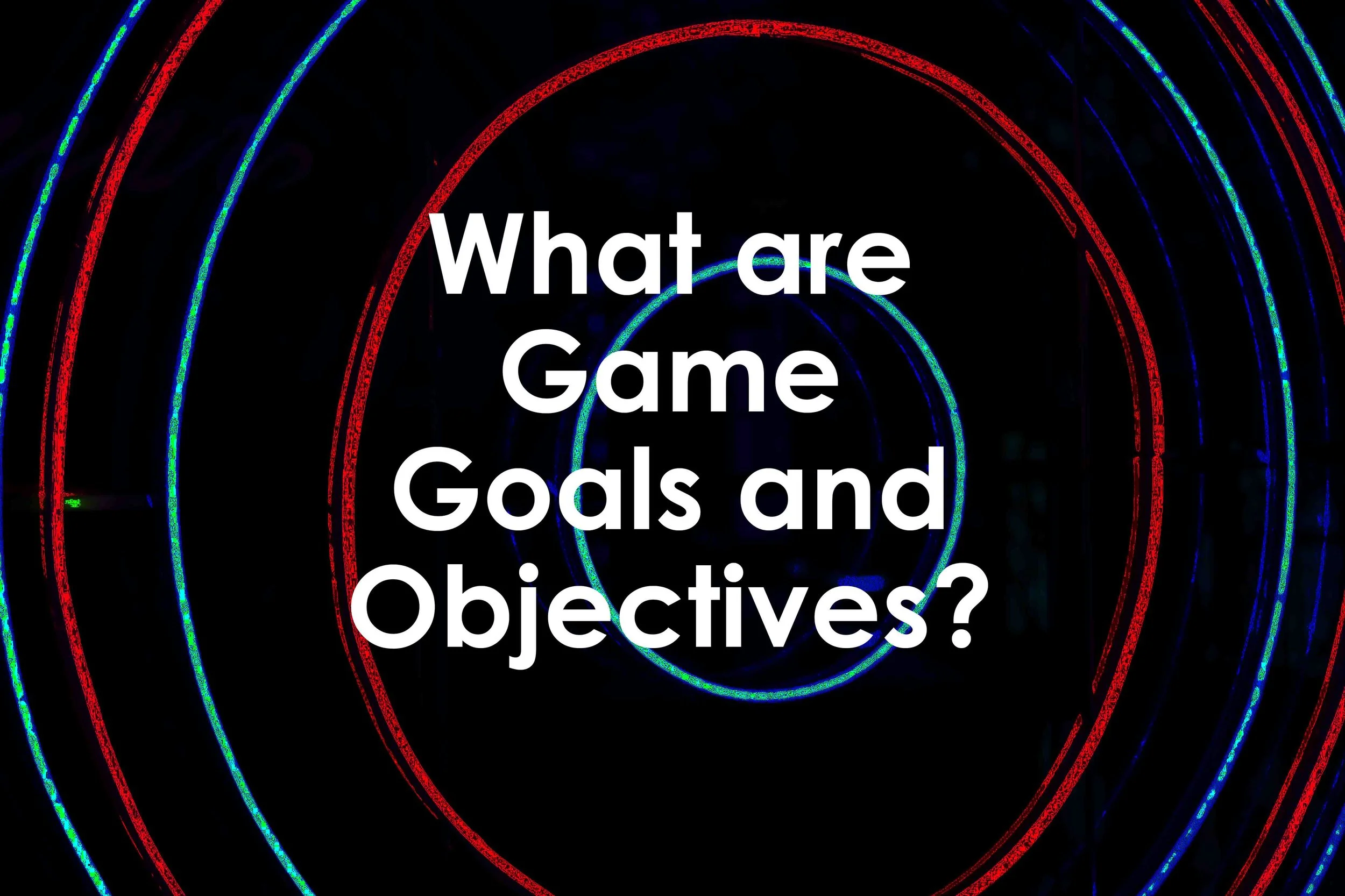
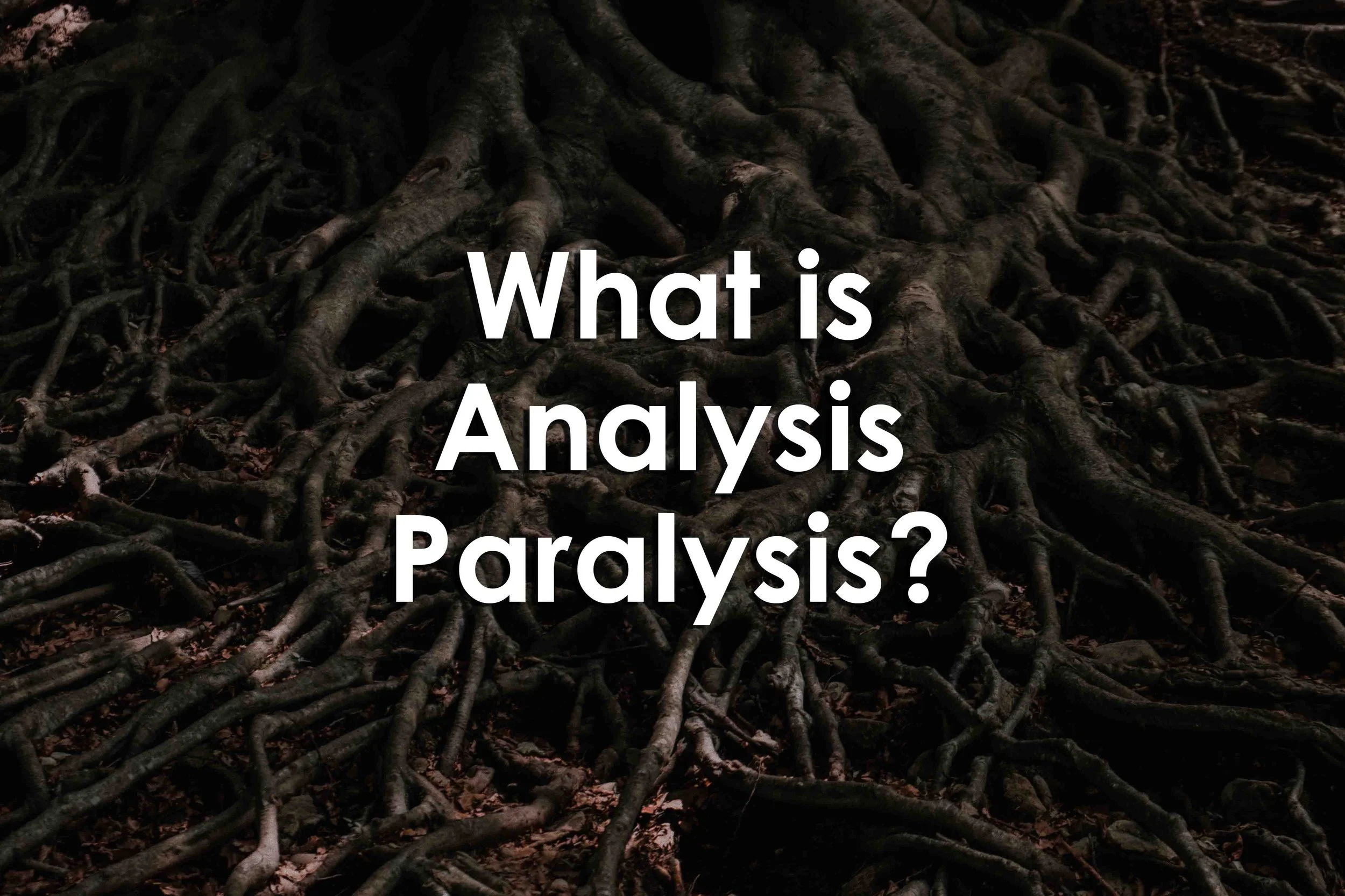
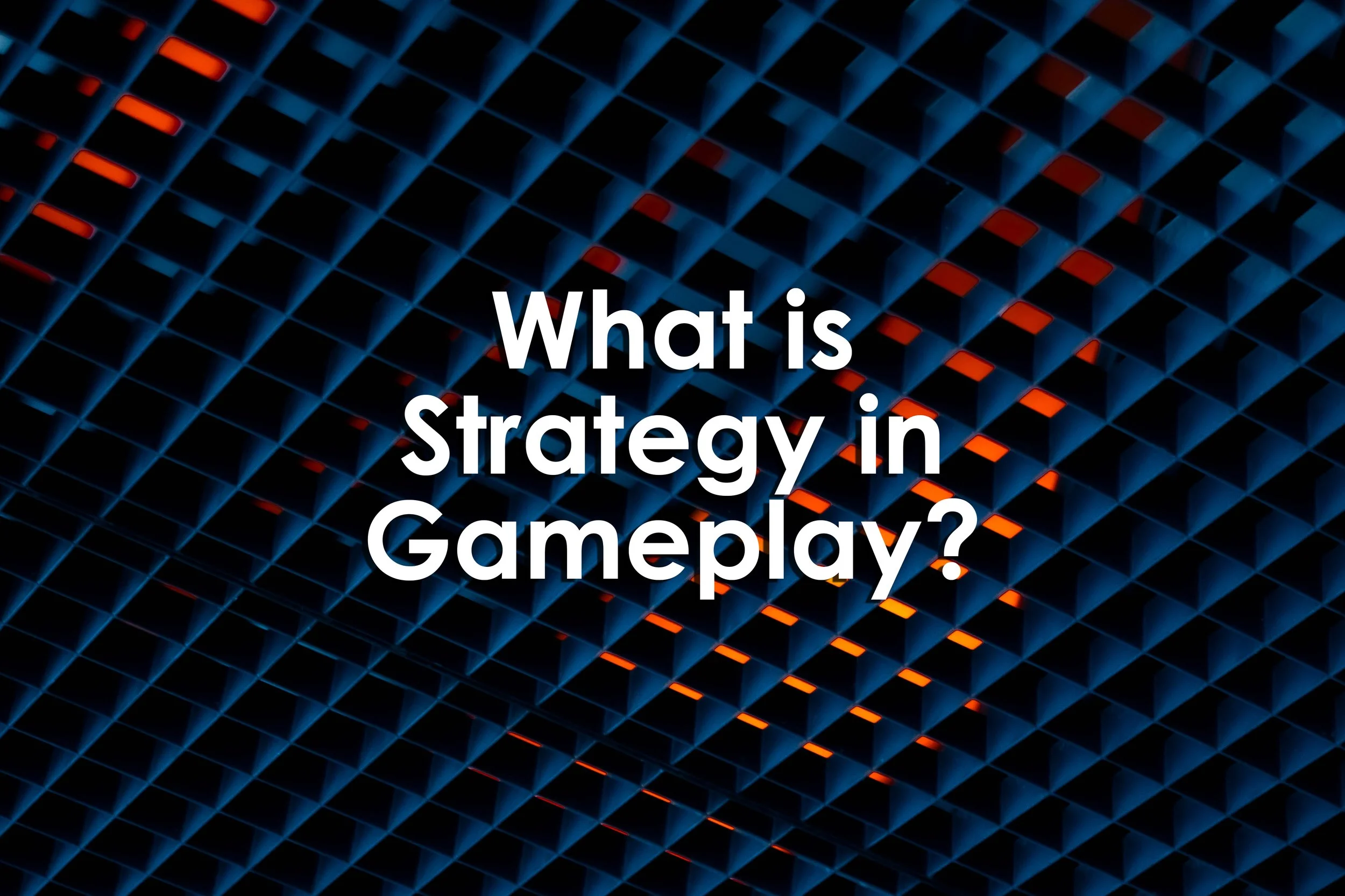















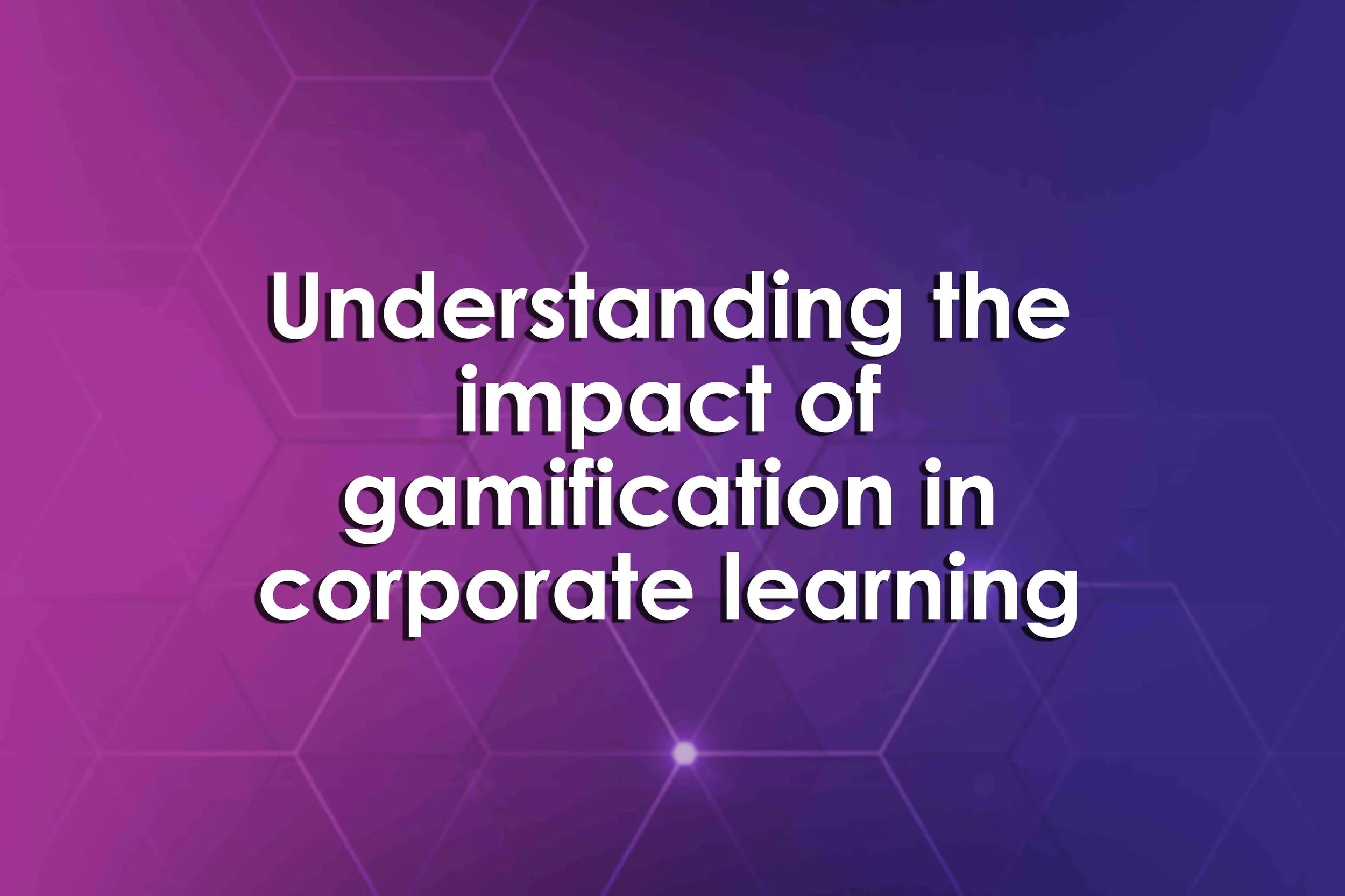





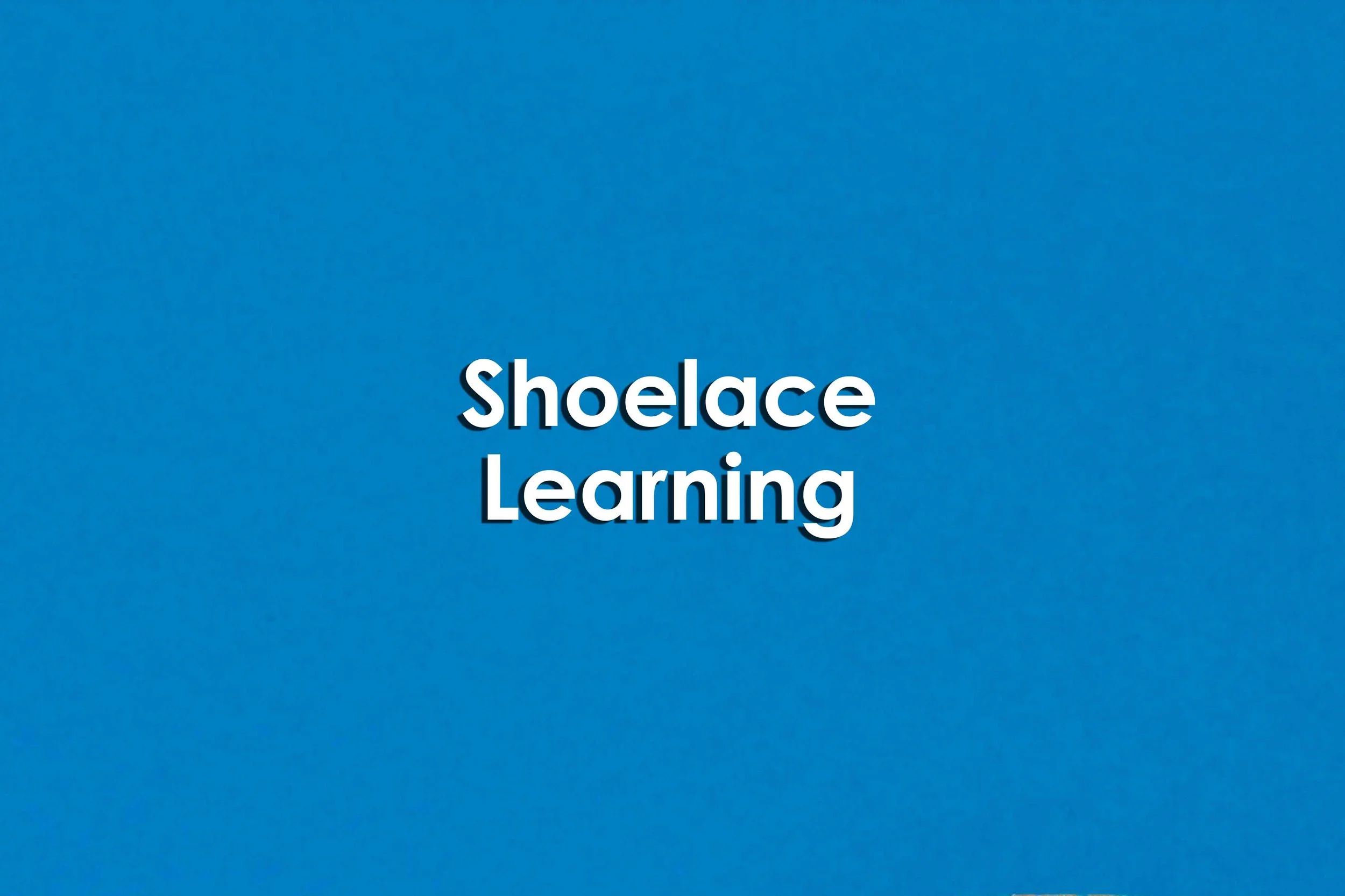
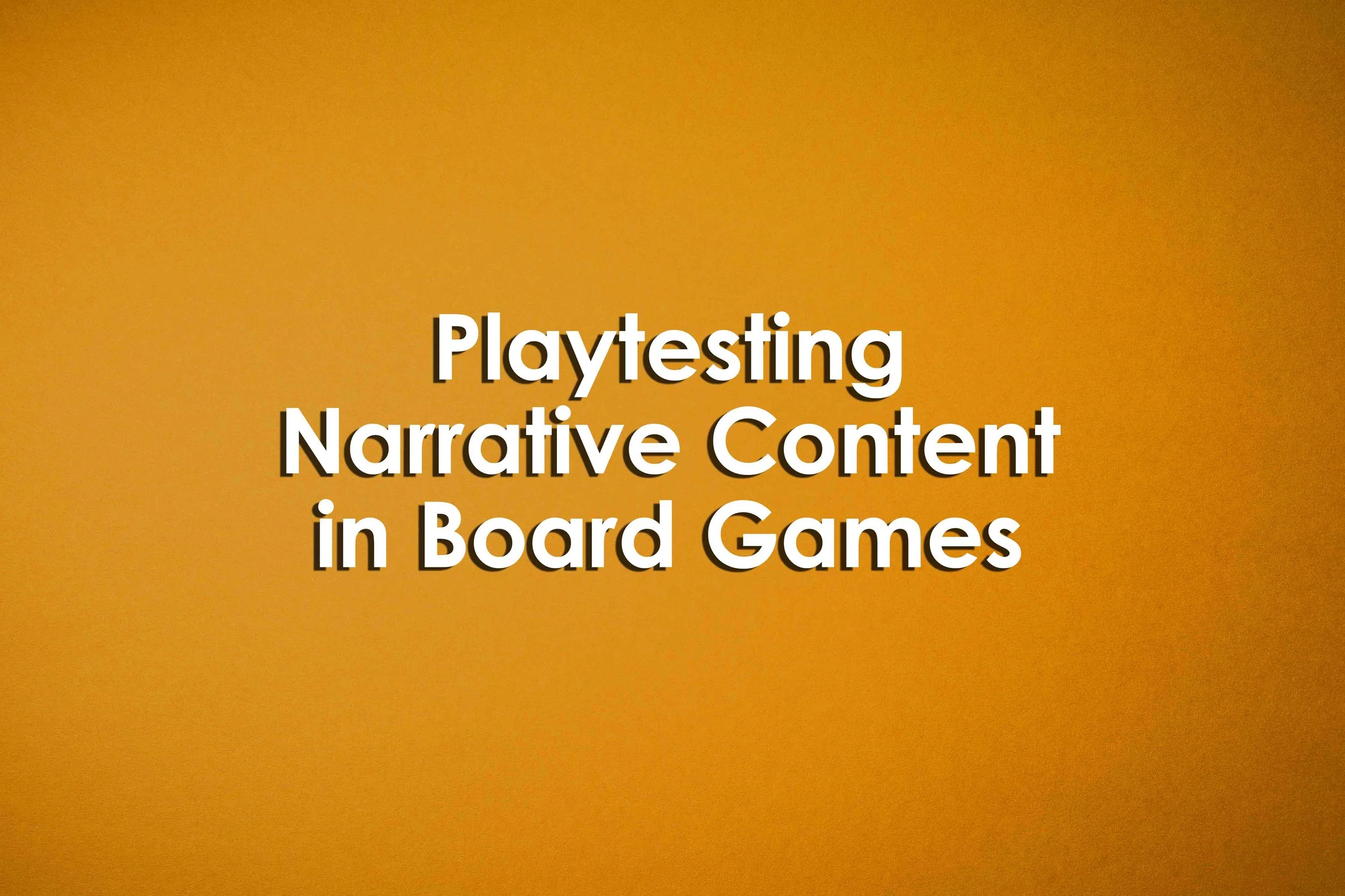


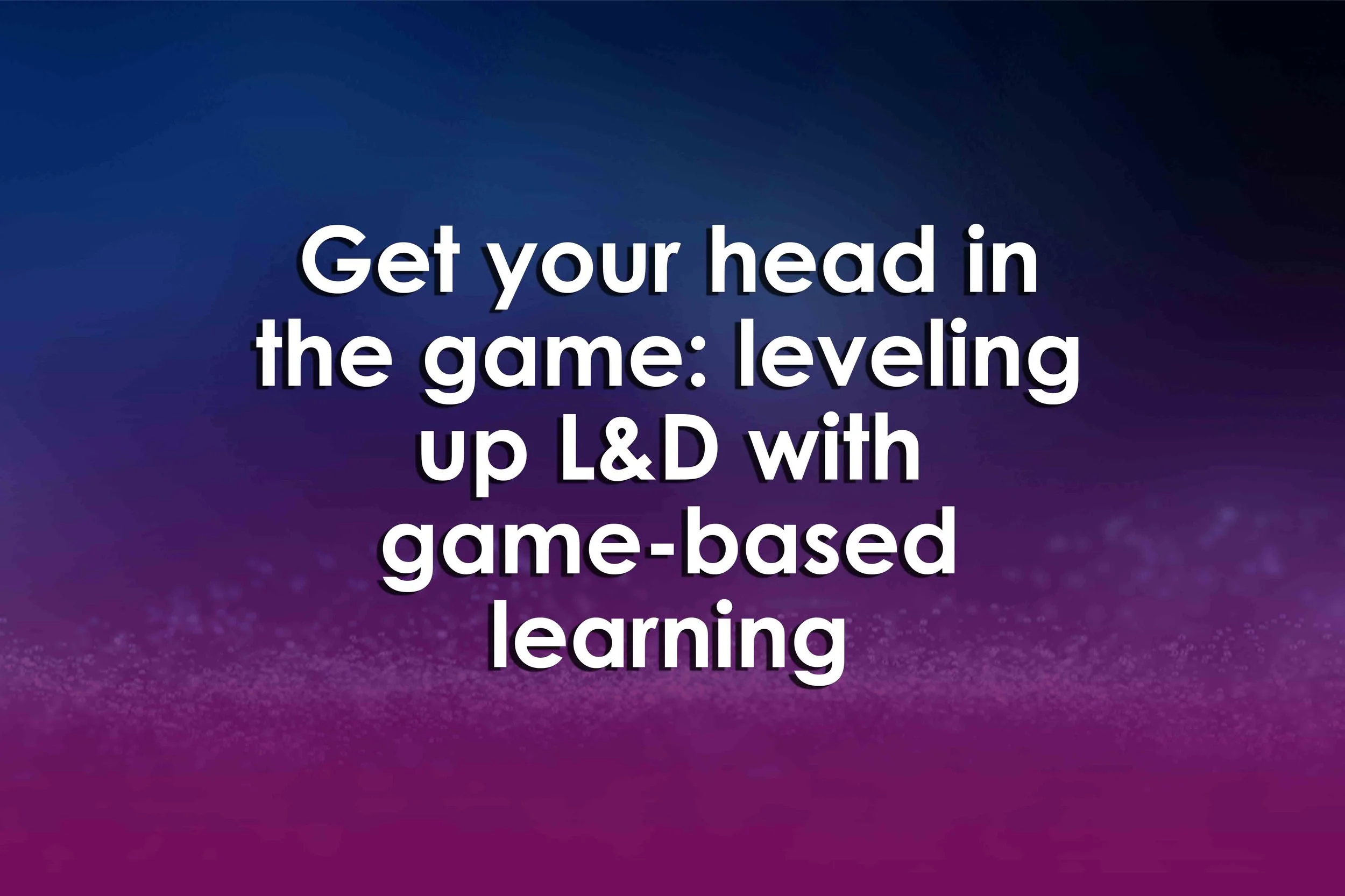







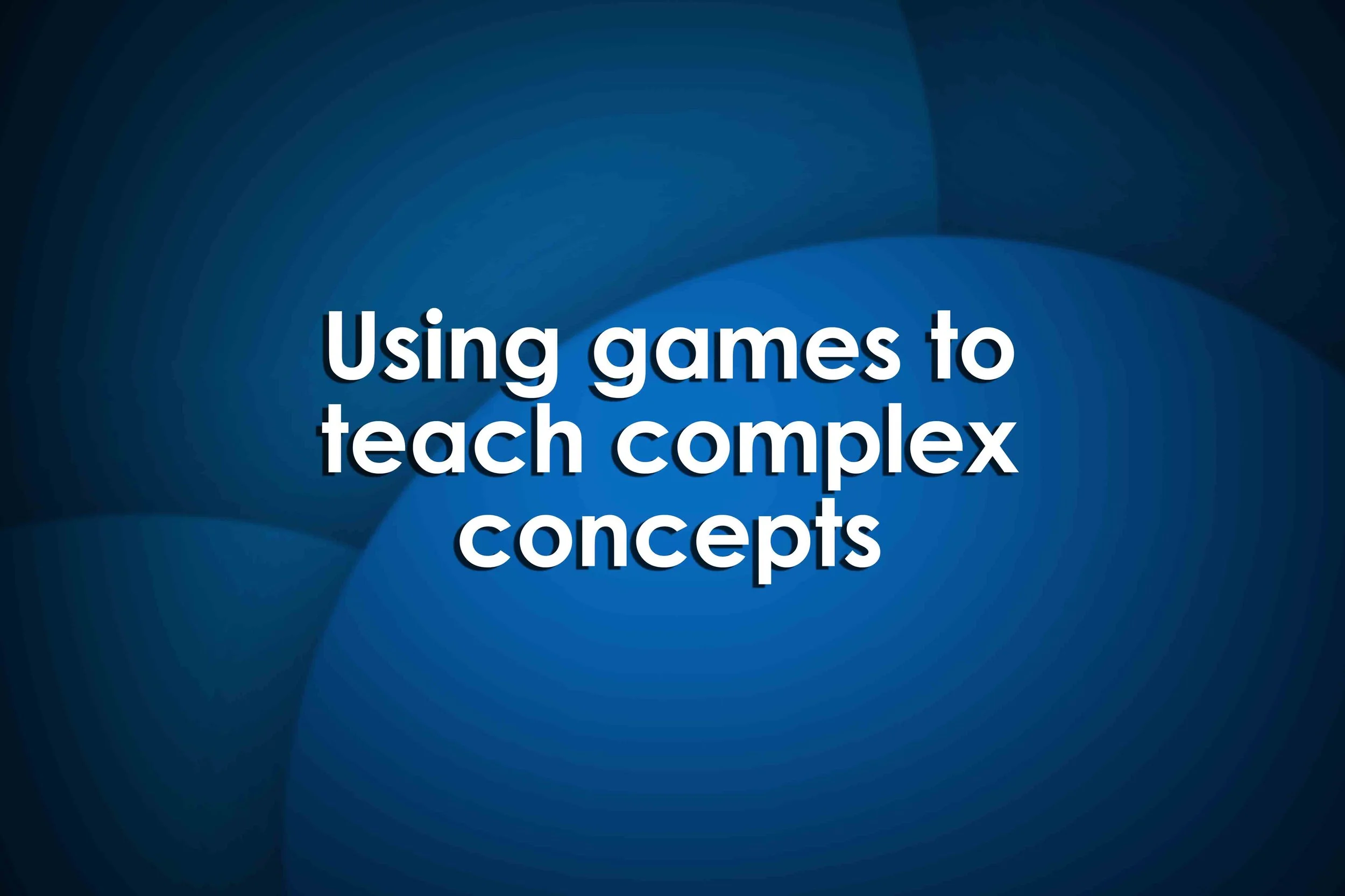







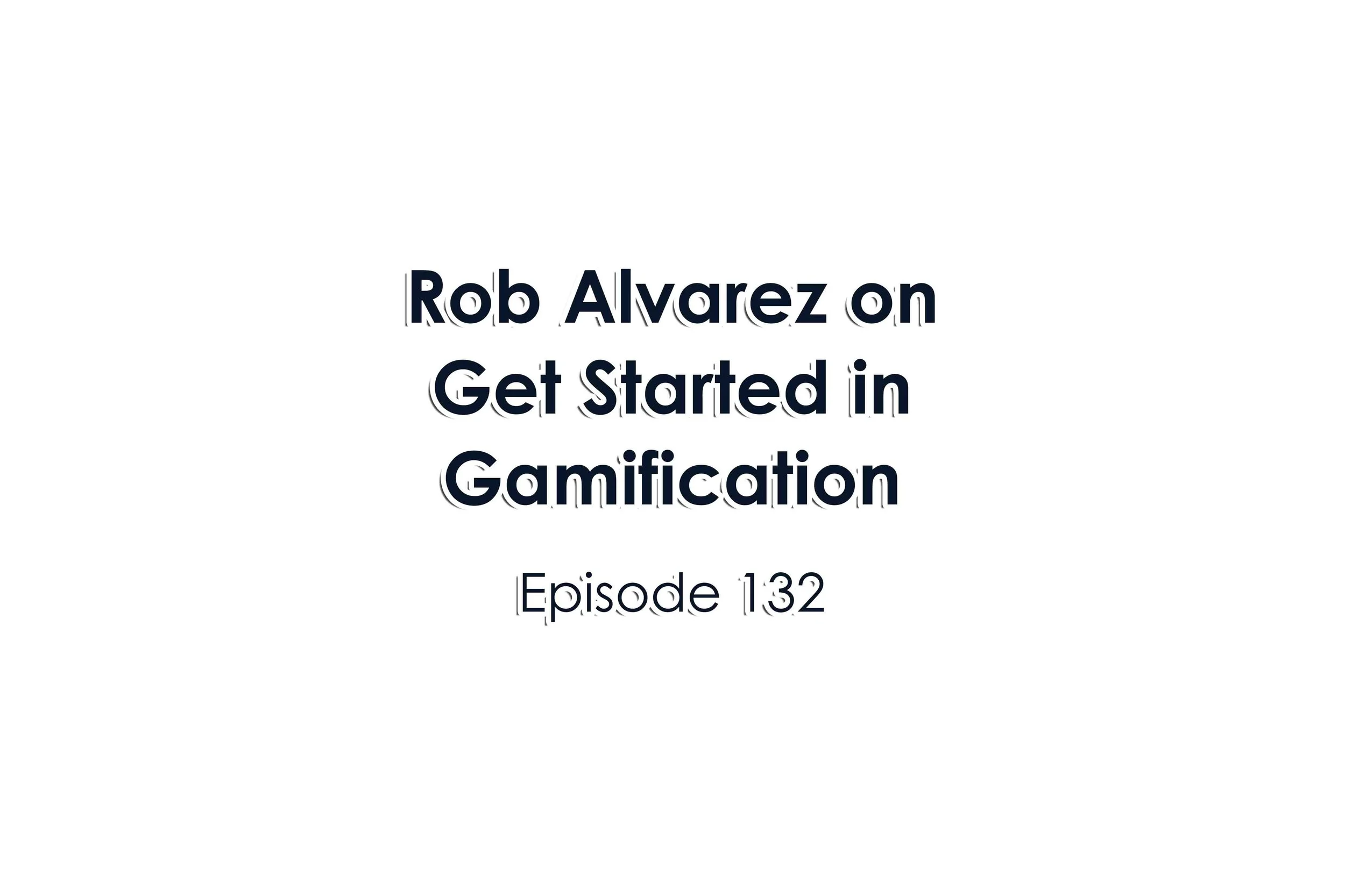









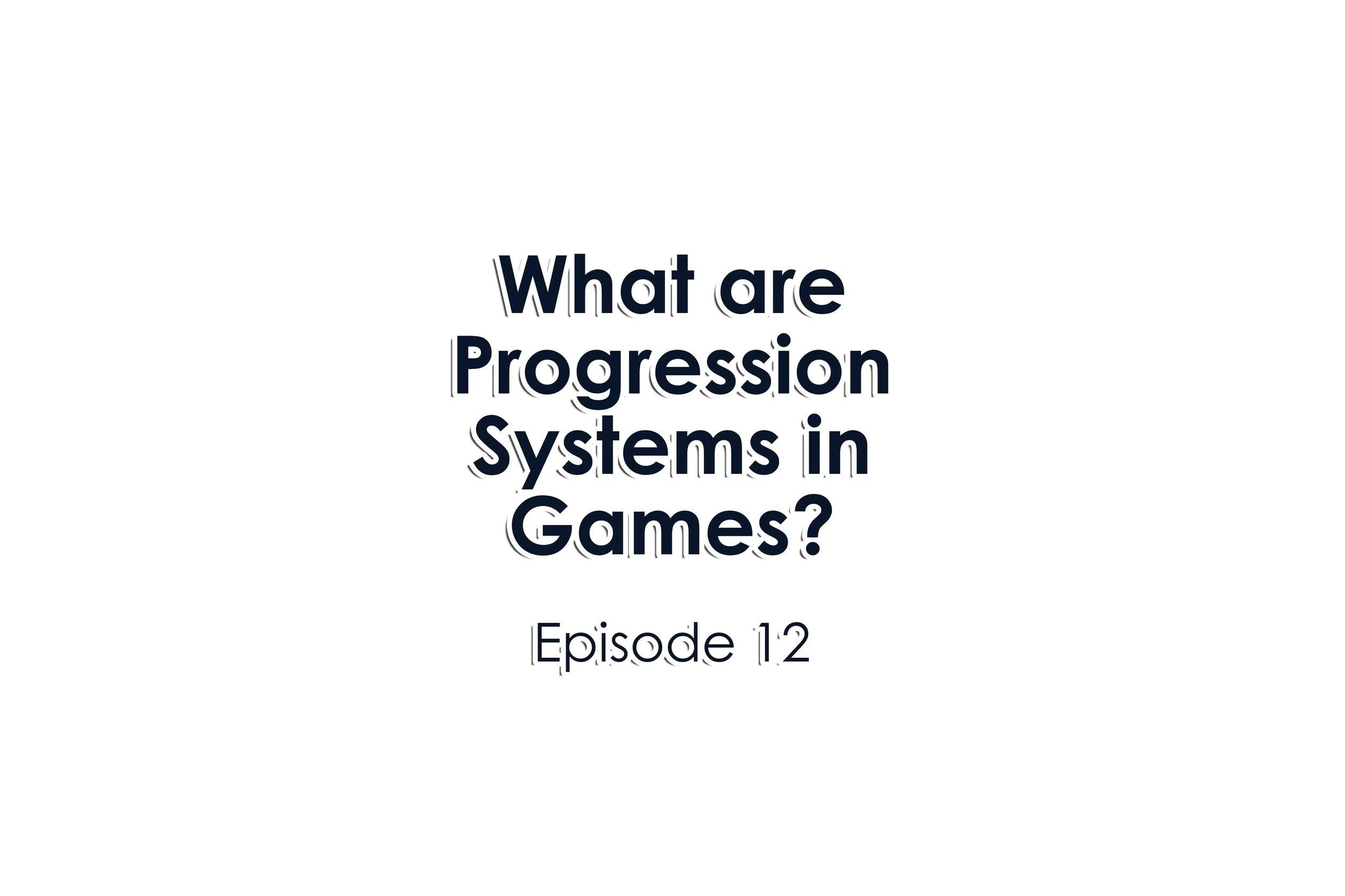








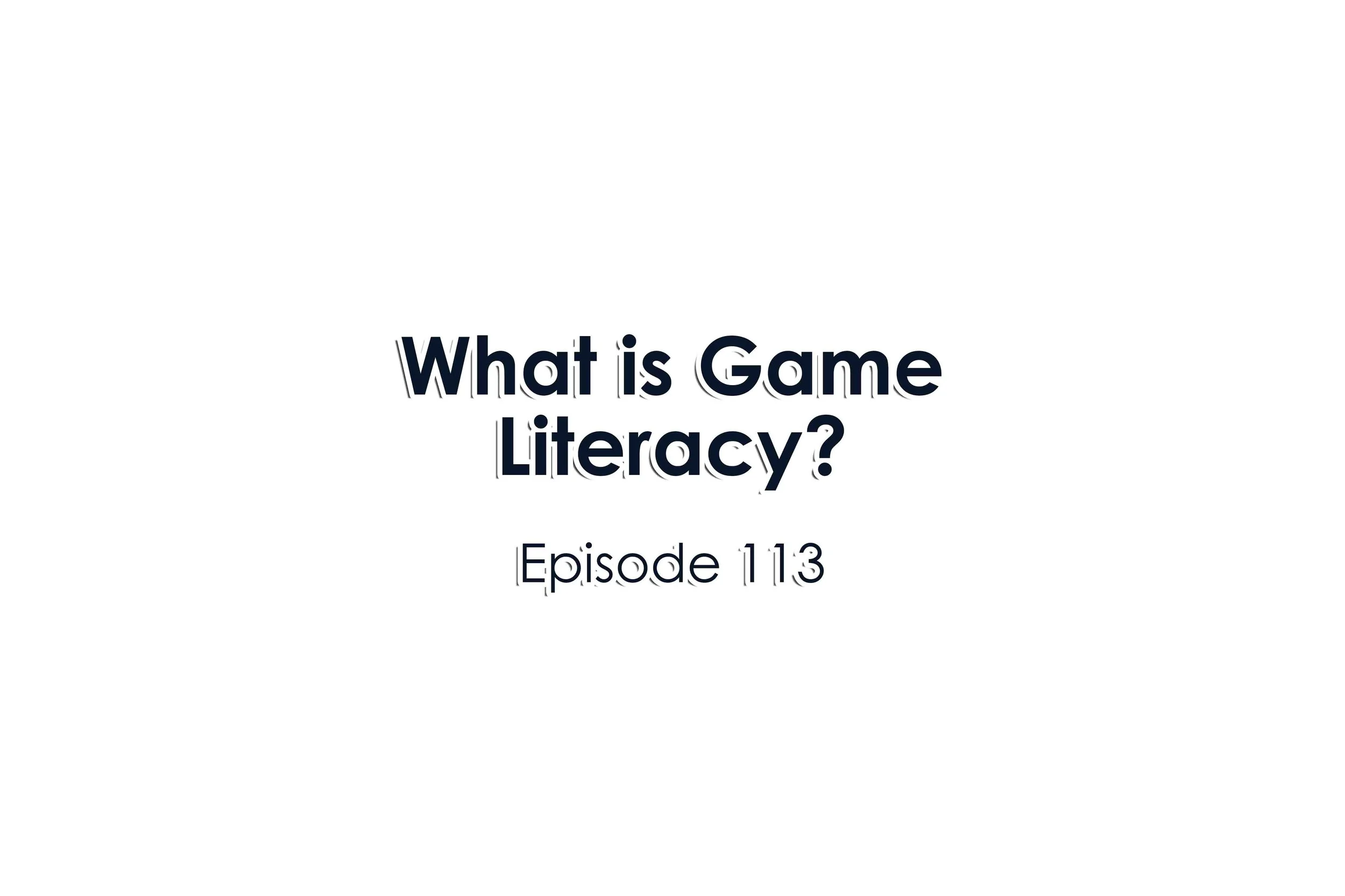

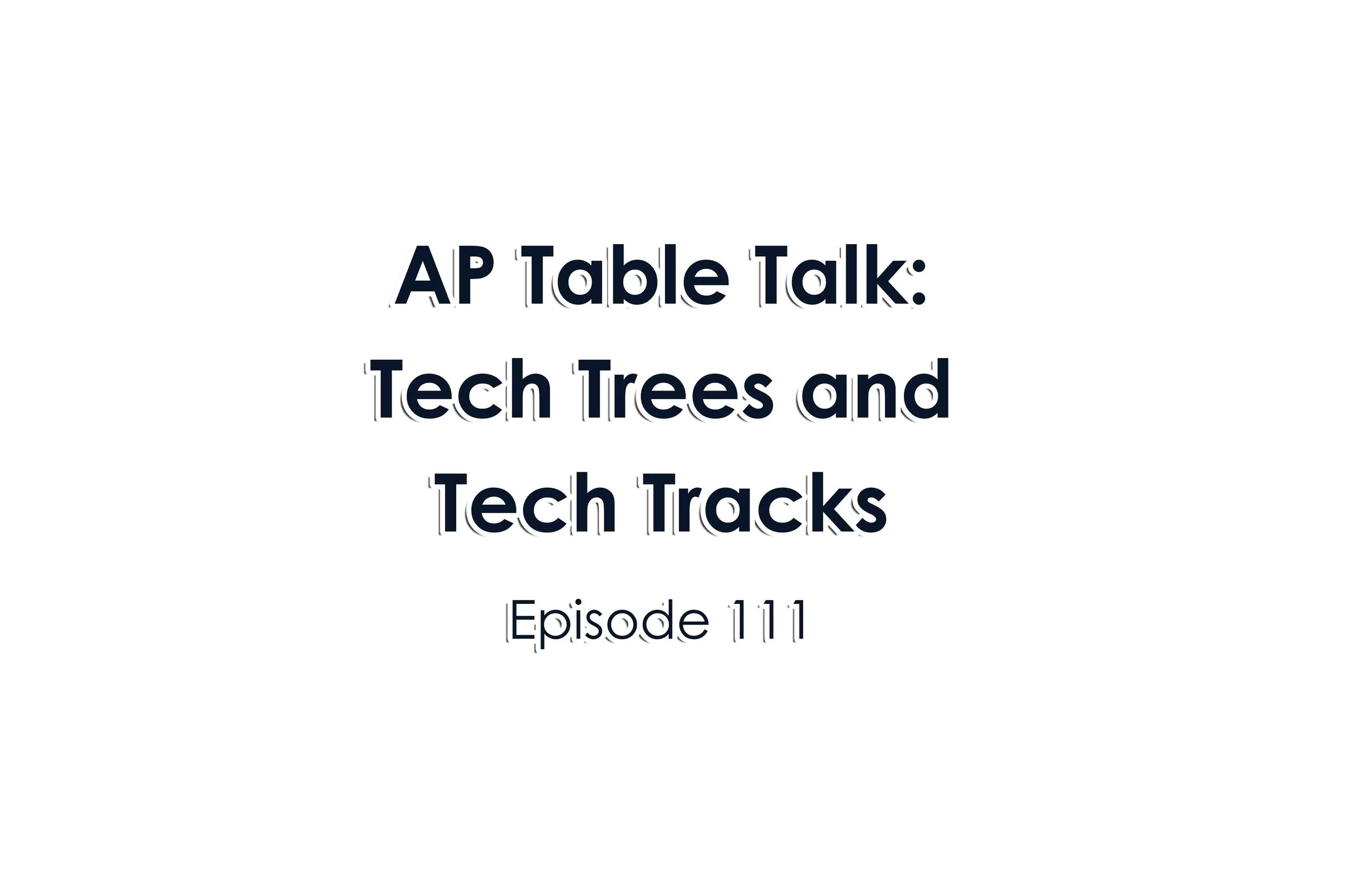





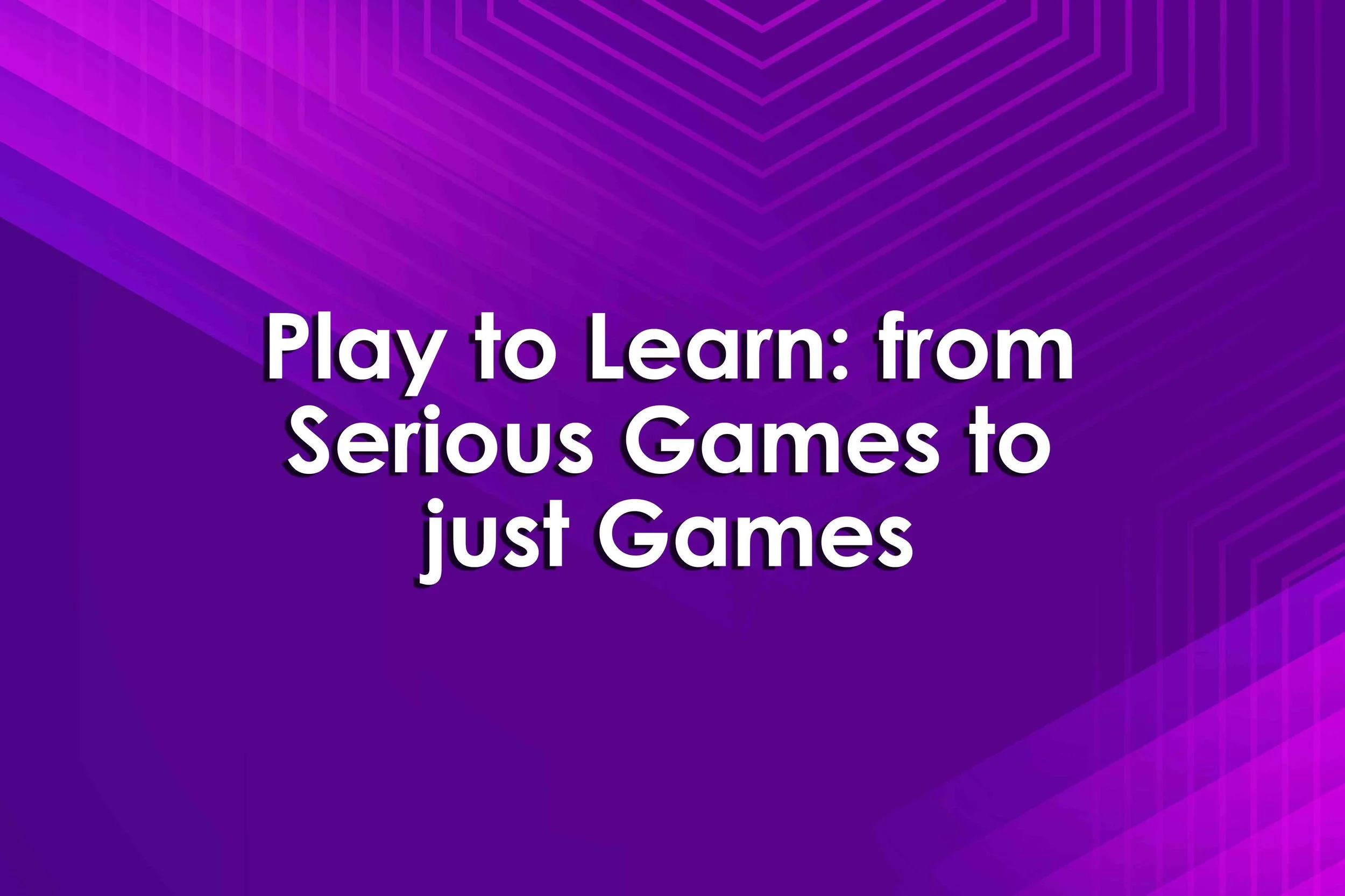



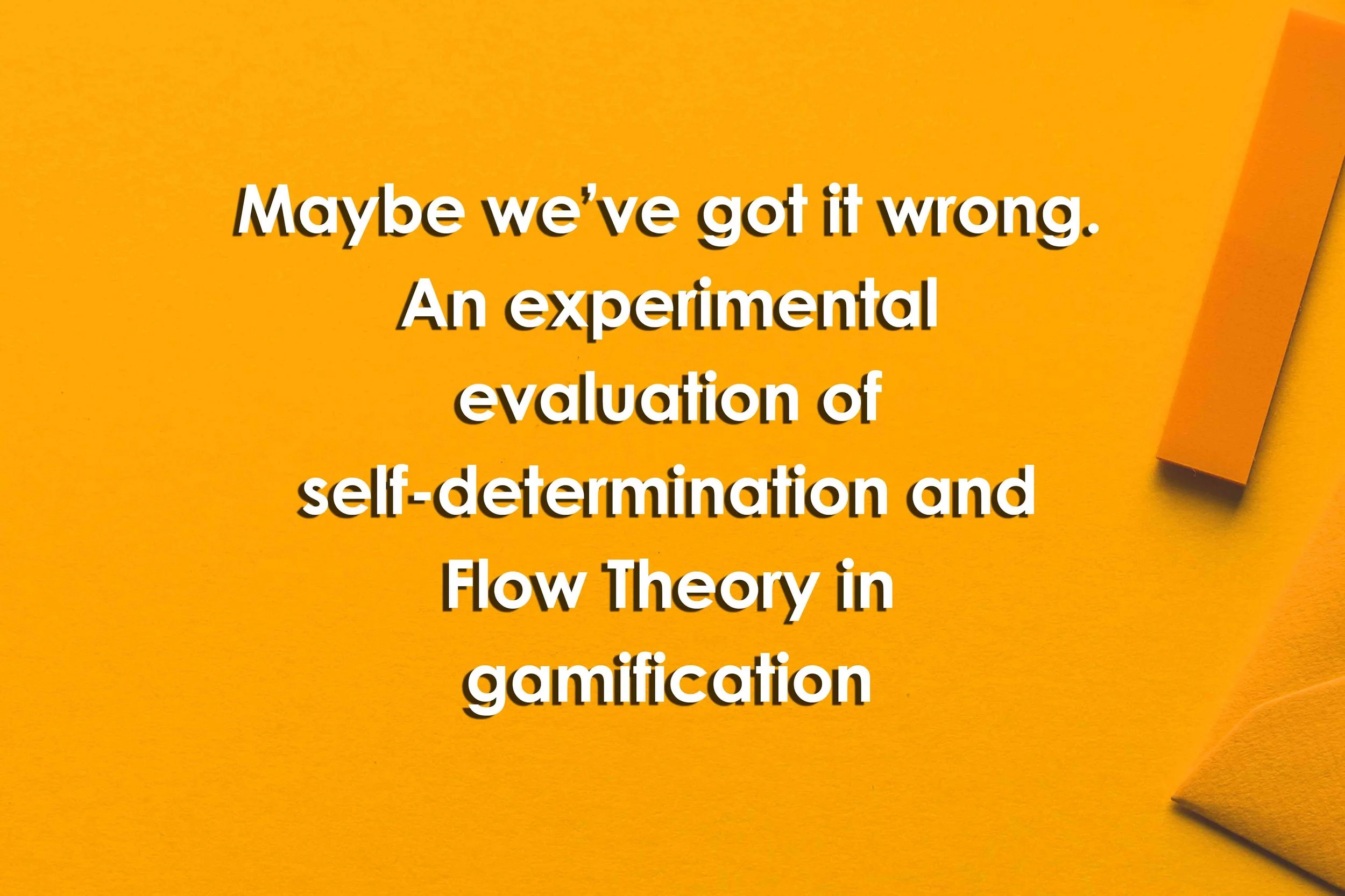

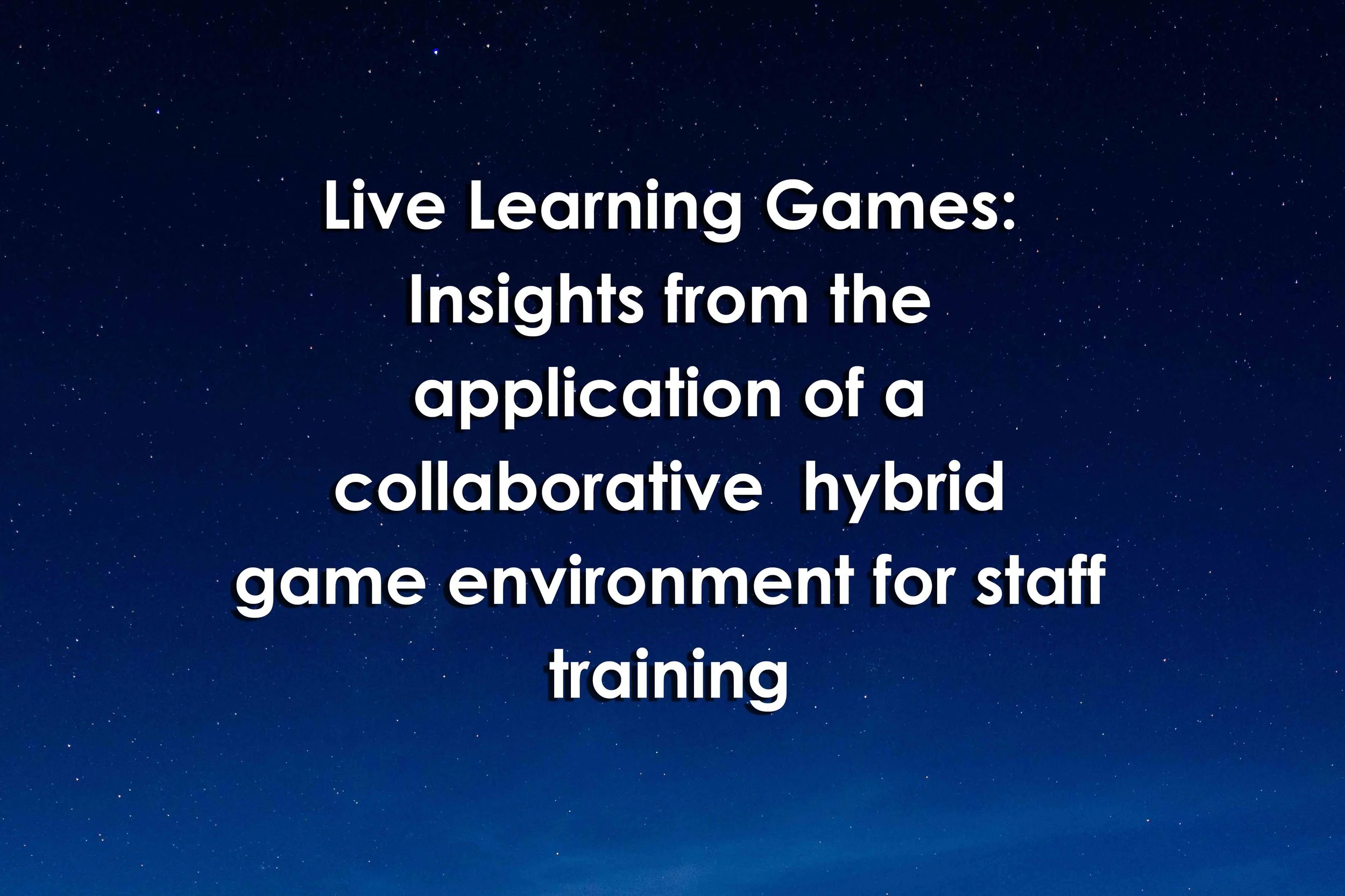


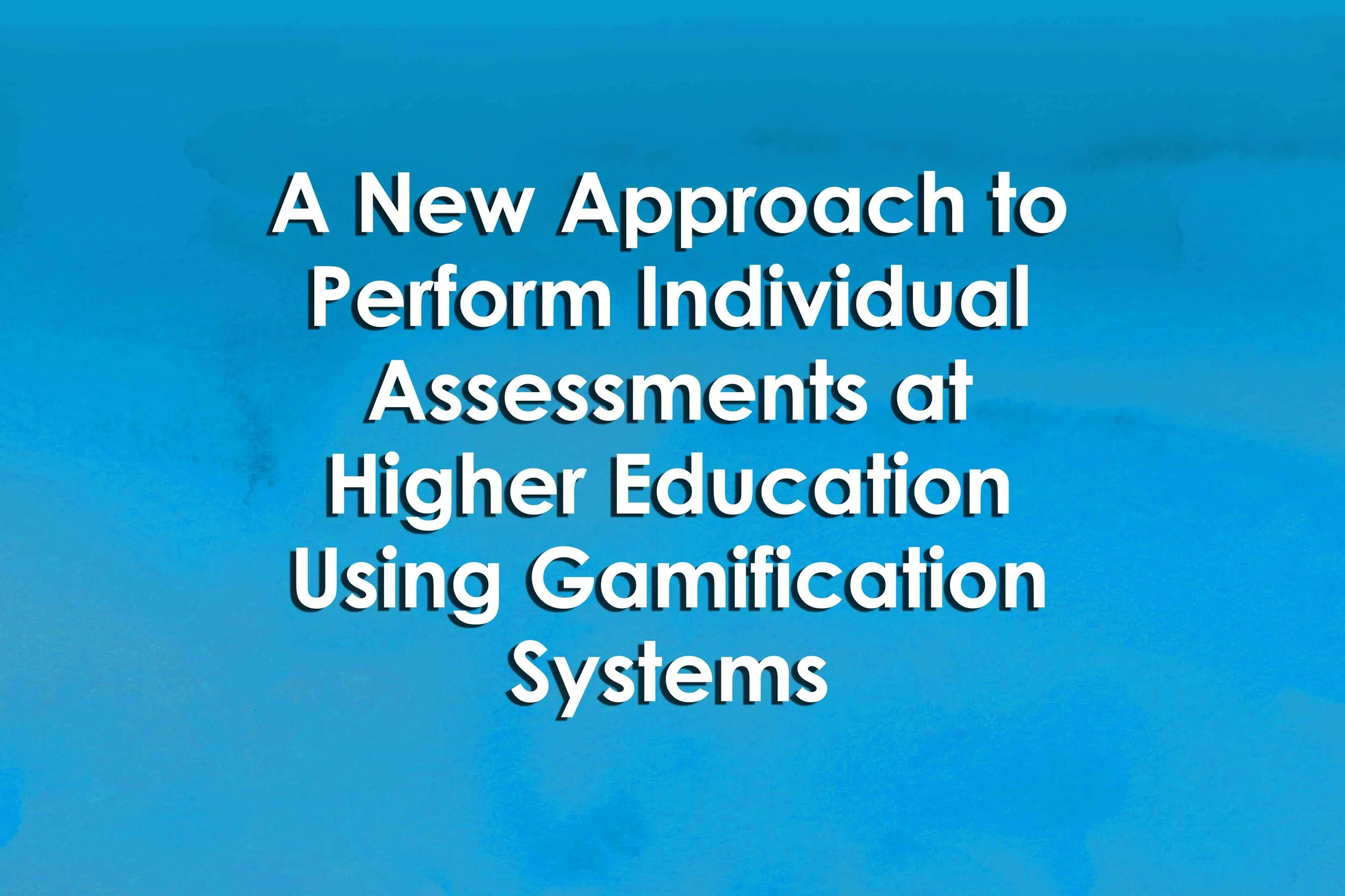





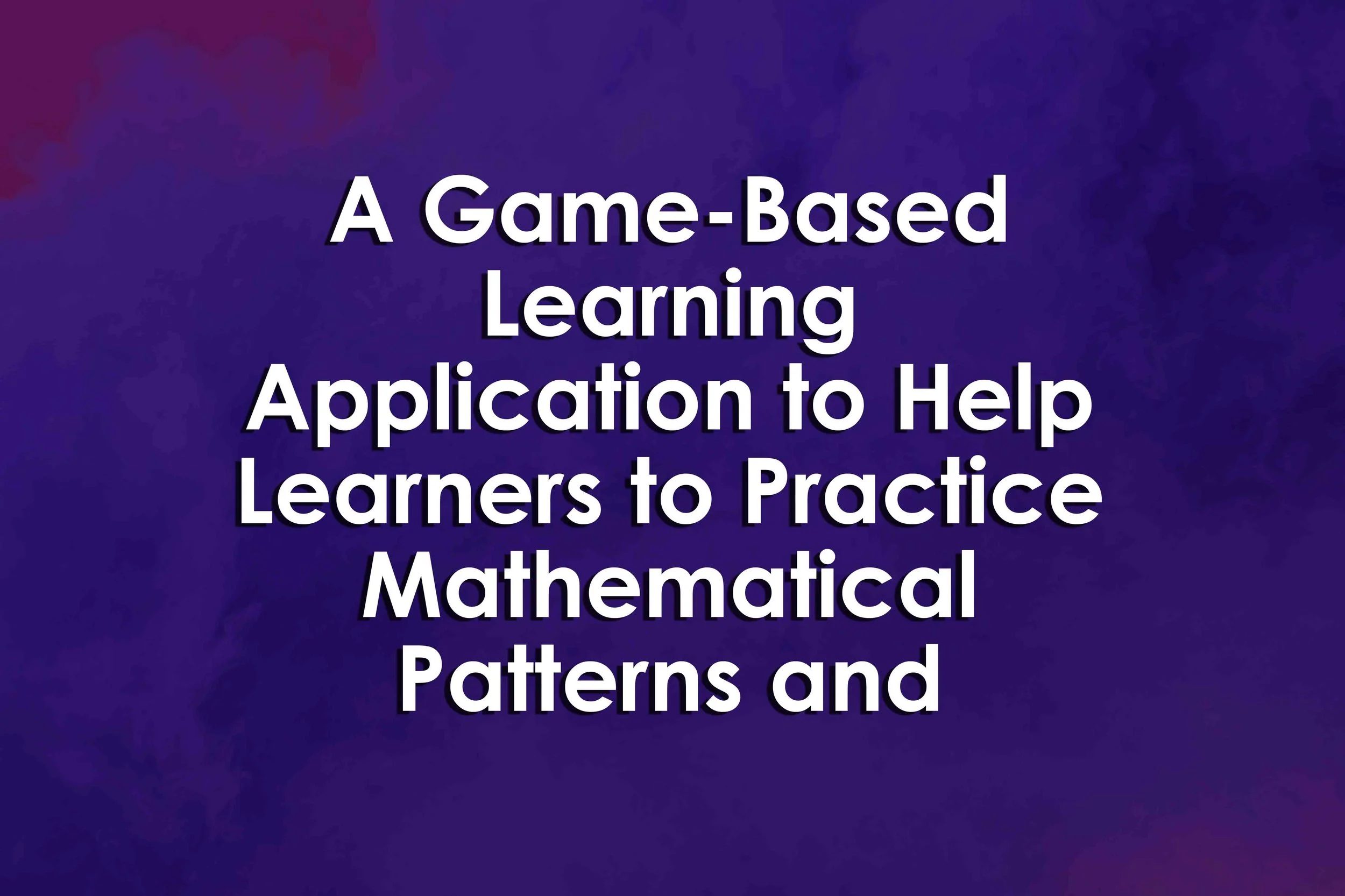











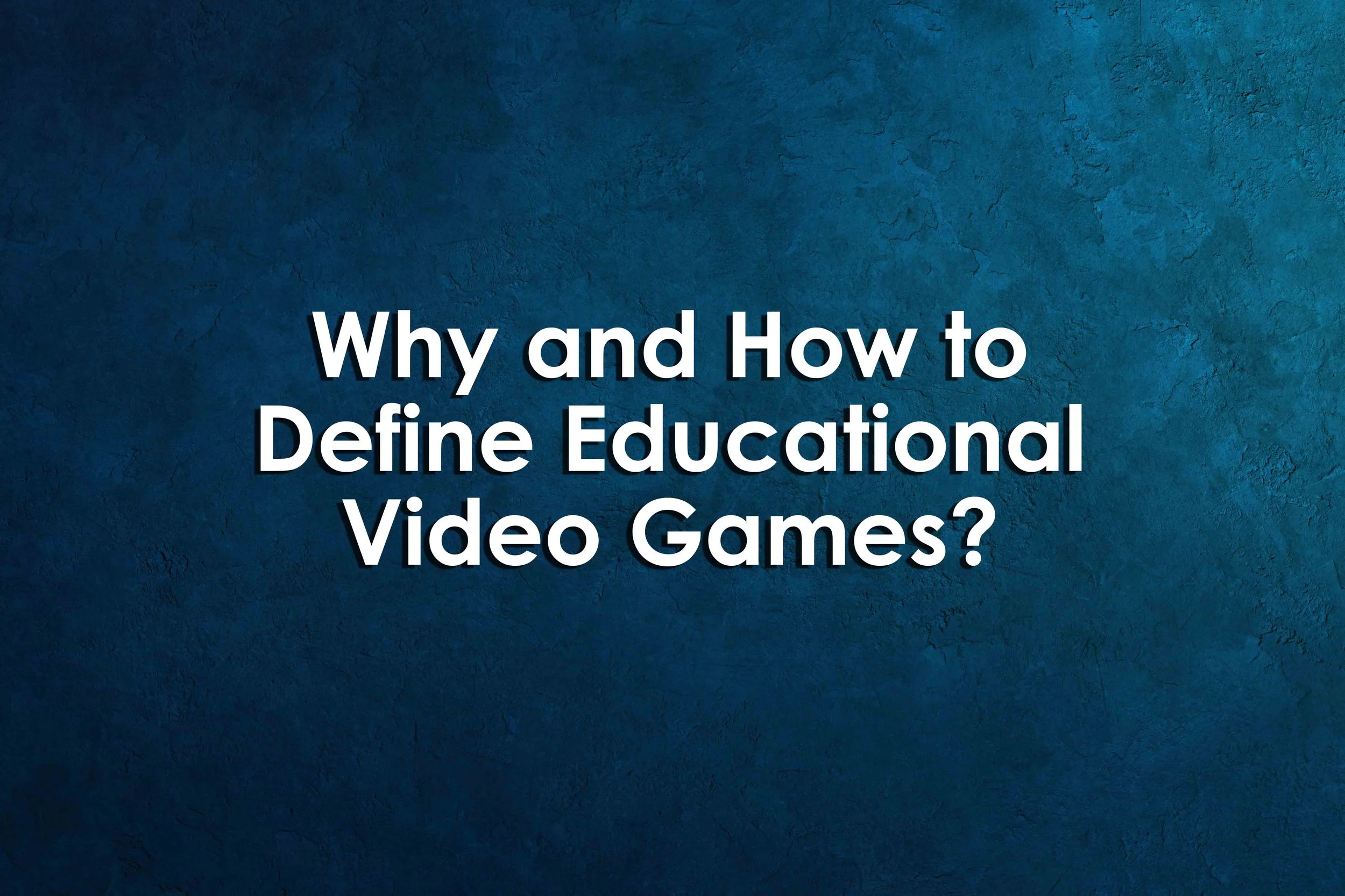


This article explores role-playing games (RPGs), defining them as experiences where players embody characters in fictional worlds shaped by narrative, mechanics, and agency. It covers their origins in tabletop games like Dungeons & Dragons, their evolution into digital forms, and the core elements that define RPGs across platforms. The piece also highlights the psychological, social, and educational benefits of RPGs, including their use in therapy, identity exploration, and games-based learning through collaborative storytelling and character-driven gameplay.